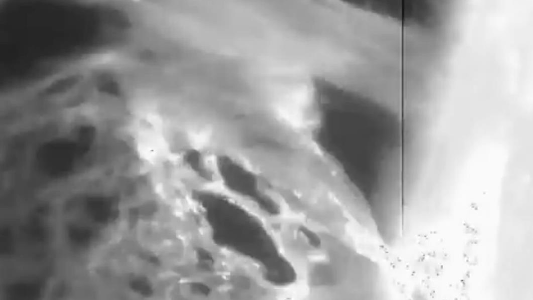Astronomy today defines two types of magnitude. Apparent and absolute magnitude. In the text that follows, I'm telling you about the apparent magnitude. About the absolute magnitude soon .... Looking at the starry sky, you notice that the stars shine with a different glow. Some are dominantly bright and some are barely visible. In the time before the telescope appeared, people relied on their star observations for what they saw with their eyes. They divided the star into six categories. Even then, we can say, at six different brightnesses of stars - six magnitudes. Twenty brightest stars were declared as 1 category, and stars were rated up to 6 stars as the least visible. The smaller the number, the brighter the star. A person with good vision, in a dark place and under clear skies, can see the glow of stars up to sixth magnitude. In the 18th century, astronomers found that a 6 magnitude star was 100 times darker than a 1 magnitude star. By this logic, they concluded that the star of the first magnitude was 2,512 times brighter than the star of the second magnitude. Pure logarithmic scale. When telescopes appeared, astronomers realized that there were billions of other stars they had never seen before. They realized that there were higher magnitudes because they saw stars of even lower gloss than sixth magnitude. Let's repeat. The weaker the star, the greater its magnitude. At that time, the brightness scale of the stars was made, from the brightest to the least visible. When they looked at the planets, the moon, and especially the sun - many wondered how to rank these objects on a scale. It was logical that due to the much stronger shine - the scale goes "minus". Each category increases brightness with negative numbers also by 2,512 times. This is how brighter stars, planets, the moon, and the sun line up. The brightest star Sirius has a magnitude of -1.44, a full moon of -12.6, and the sun as much as -26.8 magnitude. Astronomers initially fixed the Polaris star for a magnitude scale. However, the Polaris star is a variable glow and they have taken the Vega star. Today, a zero point is defined, defined by a whole set of stars. I mention something phenomenal - the Hubble Telescope registers stars that are 1.58 billion times weaker than some 1 magnitude star. Here you see a table for the star category darker than the star -1 category. Learn Astronomy and Astrophotography. I have really nice ideas for this my youtub channel. Do Subscribe and join here ... Learn Astronomy
Subscribe to:
Post Comments (Atom)
HINODE SONDA
Astronomical results that are presented to the public today - bring a lot of new knowledge related to space. In addition to our Milky Way, t...

-
The fascinating sight of the starry sky is something beautiful the human eye can see. But after a while, observers wonder - which star is th...
-
This is basically a specific area of the celestial sphere, where humans have apparently linked stars into recognizable shapes. In 1922, th...
-
The stars you see in the sky have their own glow that is defined through apparent magnitude. However, the scale of apparent magnitude does n...




No comments:
Post a Comment